(NLDO) - "Hubble discovers a cosmic eye" - NASA reported with a fascinating image of a structure called NGC 2566.
According to NASA, the "cosmic eye" was recorded by the Hubble Space Telescope and is being monitored by researchers.
In the newly released image, this "cosmic eye" glows in the center and seems to be staring at Earth. But it is definitely not an alien monster.
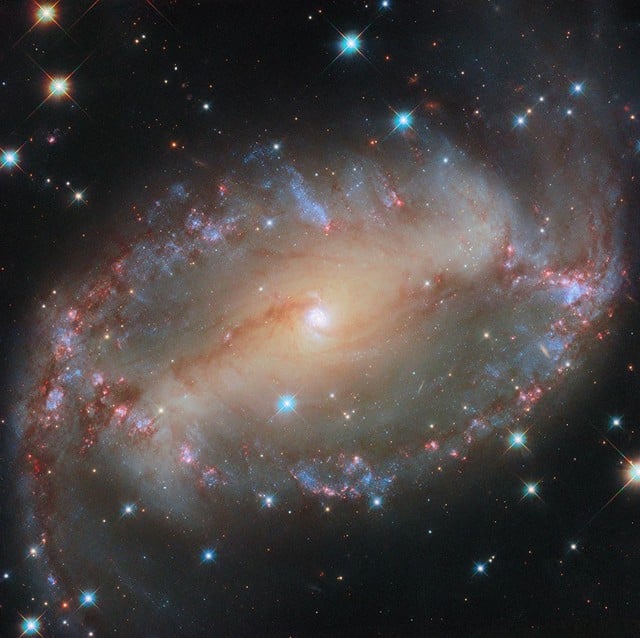
"Cosmic eye" NGC 2566 - Photo: NASA/ESA
The "cosmic eye" is named NGC 2566, a spiral galaxy, with the galactic plane tilted slightly from our perspective, creating an almond-shaped shape in photographs, making it resemble an eye.
"As NGC 2566 appears to be staring back at us, astronomers are also looking back, using Hubble to survey the galaxy's star clusters and star-forming regions," NASA said.
Hubble is a powerful space telescope developed and operated primarily by NASA, with the participation of its main partner, the European Space Agency (ESA).
Hubble data is particularly valuable for studying stars that are only a few million years old; these stars are bright at ultraviolet and visible wavelengths, an advantage over what Hubble is set to.
Using this data, the researchers were able to measure the ages of NGC 2566's stars, helping to piece together the galaxy's star formation timeline and the exchange of gas between star-forming clouds and the stars themselves.
This type of data from distant galaxies is what helps Earthlings understand more about the evolution of our own Milky Way galaxy.
As other interesting galaxies have been identified, in the near future the "cosmic eye" will likely be supplemented by the more powerful James Webb telescope, also developed and operated by NASA, in collaboration with ESA and CSA (Canadian Space Agency).
In addition, the ALMA system of 66 radio telescopes, one of the most powerful international observatories located in Chile's Atacama Desert, is also expected to participate in the discovery.
Source: https://nld.com.vn/nasa-esa-theo-doi-mat-vu-tru-nhin-cham-cham-vao-trai-dat-19624122409572673.htm






![[Photo] Prime Minister Pham Minh Chinh receives Mr. Jefferey Perlman, CEO of Warburg Pincus Group (USA)](https://vstatic.vietnam.vn/vietnam/resource/IMAGE/2025/4/18/c37781eeb50342f09d8fe6841db2426c)
![[UPDATE] April 30th parade rehearsal on Le Duan street in front of Independence Palace](https://vstatic.vietnam.vn/vietnam/resource/IMAGE/2025/4/18/8f2604c6bc5648d4b918bd6867d08396)
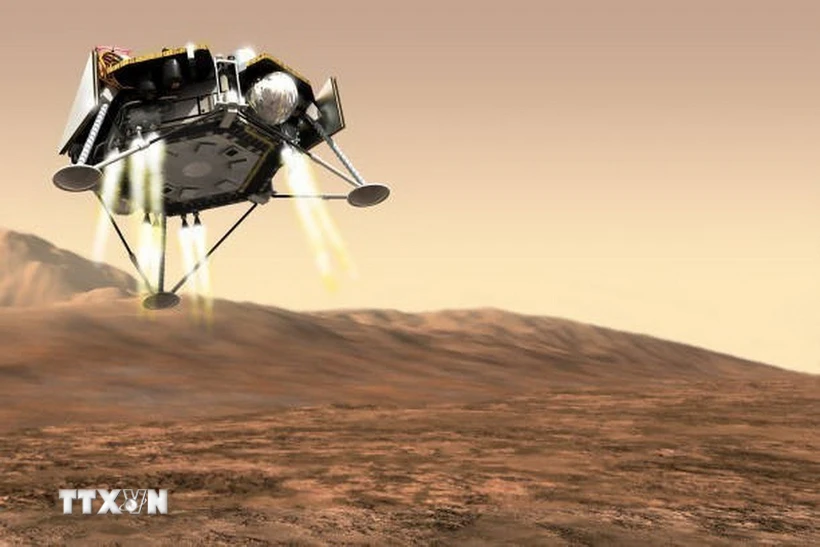

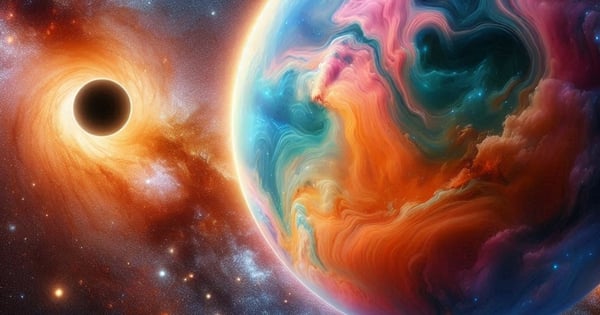
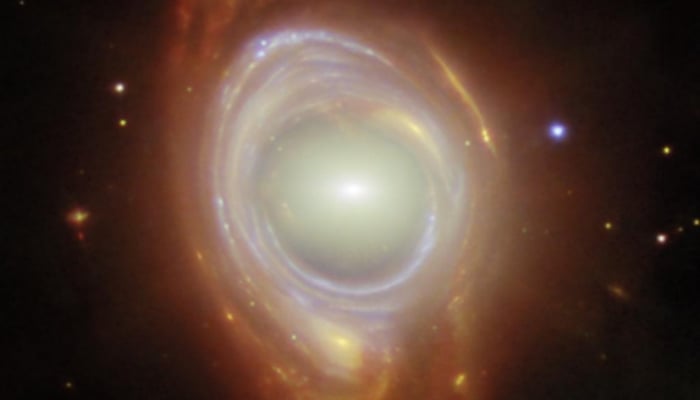


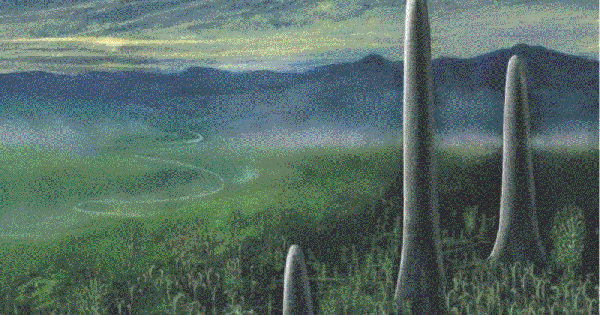
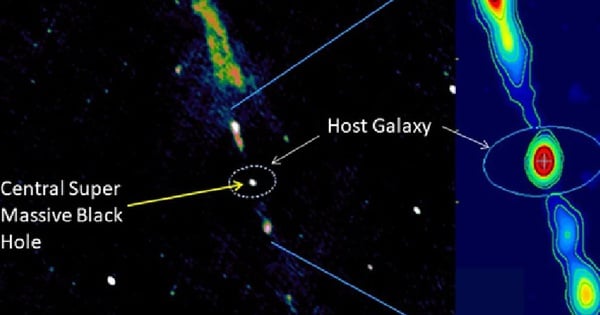



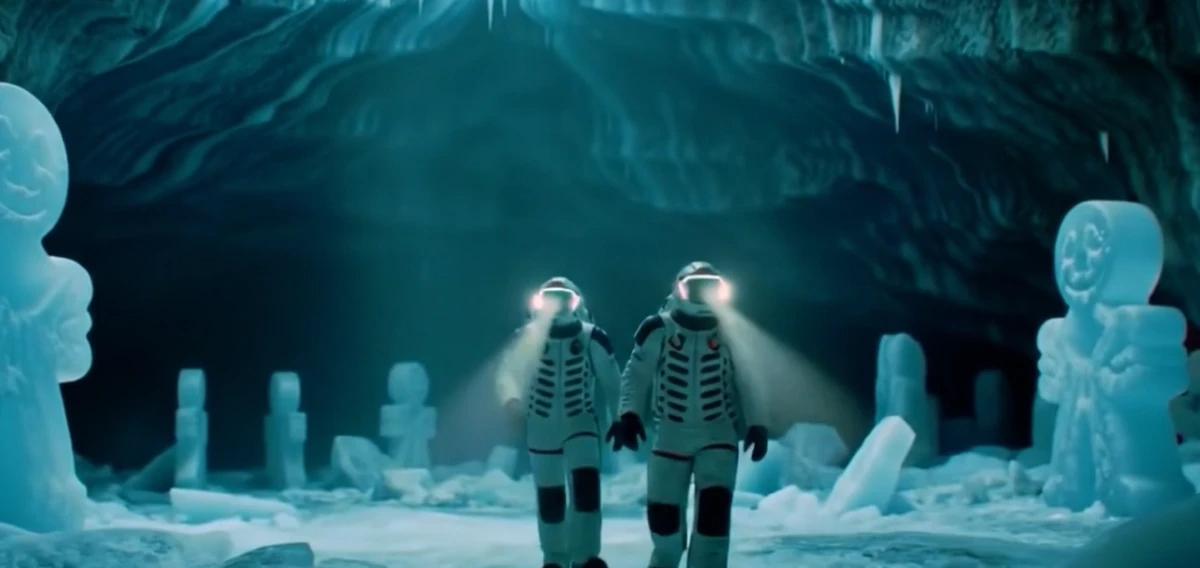













































































Comment (0)